GM sound sources are divided into the following 17 categories
- Piano Category
- Chromatic Percussion Category
- Organ Category
- Guitar Category
- Bass Category
- Orchestra Category
- Ensemble Category
- Brass Category
- Reed Category
- Pipe Category
- Synth Lead Category
- Synth Pad Category
- Synth SFX Category
- Ethnic Misc Category
- Percussive Category
- Synth SFX Category
- Drum Set Category
For each category, I would like to give a brief introduction to the instrument and explain how it is handled on the assumption that it is struck. In this column, I would like to talk about GM Level 2, which is an extension of GM Level 1. Each tone name has two 3-digit numbers in a row, such as “001 000 Piano 1,” where the second number in GM Level 1 is 000. The rest are tones extended at GM level 2.
The main instruments in this category are percussion instruments and stringed instruments, and electric pianos are classified as body sounds. All of these instruments are pronounced by mechanically striking or plucking the sounding part of the instrument. The only exception is the last note, Pulse Clav, which is an electronic sound. The common feature of all of them is that they are played using the keyboard, which makes them an excellent match for the MIDI keyboard, as they do not sound unnatural when played from a MIDI keyboard.
Each sample sound is summarized in the movie below, using the TTS-1 (GM2) that comes with Cakewalk, and I have prepared a sample for each tone to give you an idea of the sound. Only the reverb is done using an external effect, so even a sound source that’s more than 20 years old can be made to sound usable depending on the reverb.
Grand Piano
Pianos have a wide range of sound, and a single piano can produce a balanced sound from low to high frequencies. Since it’s a percussion instrument, it’s possible to bring it close to the real thing by simply controlling the velocity and sustain pedals. There are several variations, so you can use them differently by knowing the purpose of the sound. Among the GM sound sources, the piano is very powerful and the number of samplings is lavishly used.

001 000 Piano 1 (mono), registers A0-C8
This is a mono sampled grand piano. The 001-000 is close to a real piano, with a strong low-frequency range and a sound that can be used for piano solos. It’s a piano for classical music and simple ensembles.
001 001 Piano 1 st. (Stereo) Sound Range A0-C8
The sound is close to what the player hears when playing an actual grand piano, with the low frequencies coming from the left and the high frequencies coming from the right. The sound is not simply shaken by panning, but it’s stereo sampled. It is the most flamboyant piano sound as a tone, but it is not always easy to use, and some ensembles may prefer to pan the mono recorded 001-000. For piano solos, this tone is a good choice.
001 002 Piano 1d (Dark) Range A0-C8
This grand piano has a slightly dark, sweet sound. It can be utilized when a moist piano sound is desired.
002 000 Piano 2 (bright sound) Range A0-C8
This is a bright sounding piano that is easy to use in band ensembles. In ensembles that include drums and bass, the heavy bass of the piano will clash with other instruments such as bass and drums, so the heavy bass is moderately reduced to make it easier to handle.
002 001 Piano 2 st. (stereo), register A0-C8
A stereo version of the above that’s suitable for piano-centered production.
Electric Piano YAMAHA's CP series
Strings are strung as on a live piano, and the strings are struck with a normal piano action. The string length is also shortened to prioritize portability. Also, since it doesn’t have a soundboard, it is assumed that the sound is amplified electrically to produce sound. The characteristic of this type of piano is the distorted sound that only strings can produce, which is different from that of electric pianos such as the Fender Rhodes that we often hear about. However, due to the length of the strings, it doesn’t seem to be good at low tones.

003 000 Piano 3, range A0-C8
The actual instrument is expressive, but the GM source tends to be monotonous due to low sampling.
003 001 Piano 3 w (wide) tone range A0-C8
The above is the sound creation with each register swung to the left or right. Low frequencies sound from the left side and high frequencies sound from the right side.
Honky Tonk
Honky-tonk pianos are often called out-of-tune pianos, but in reality honky-tonk pianos are tuned to produce a detuned sound using pitch deviations to create a chorus effect, so they’re not necessarily out-of-tune. It is better to think of the tuning as different from normal tuning. Honky-tonks were used to play ragtime and other forms of music that were popular in the United States before World War II. In the early days, poorly maintained upright pianos found in bars were used, and it seems that they developed and took root in their own way. In the beginning, it may have been a piano that was really just badly tuned. At any rate, it has a unique atmosphere that evokes a sense of those times.
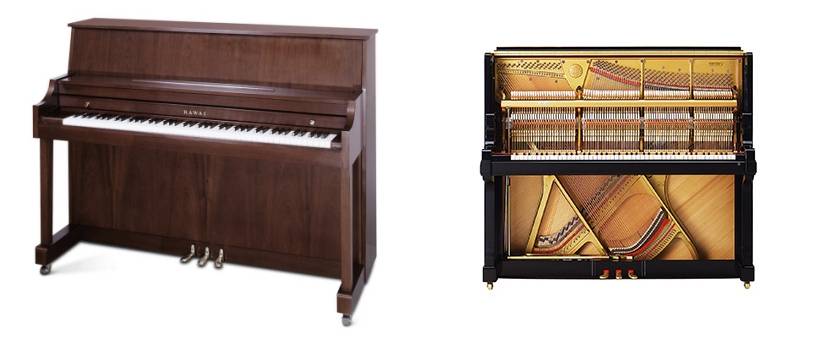
004 000 Honky-tonk Tone range A0-C8
Mono sampling.
004 001 Honky-tonk w (wide) Sound range A0-C8
Sound creation by swinging the above to the left and right for each note range. Low frequencies sound from the left side and high frequencies sound from the right side.
Electric Piano
The electric piano was invented in the 1940s as an alternative to the piano, with portability as a priority. The sound is made by striking a tuning fork-like tone generator (tine), which is then amplified electrically. Tuning was less demanding, and the instrument could be made smaller and lighter than a live piano. Typical electric piano makers are Rhodes and Wurlitzer. Since electric amplification was a prerequisite, effects were also actively used, and a variety of tones were used. Its unique sound, which is different from that of the piano, is still often used in popular music today.

005 000 E.Piano 1 Range E1-G7
The most mature sound with a subdued attack.
005 001 Detuned EP1 Tone range E1-G7
This is a shimmering sound and was often used in the 70's.
005 002 E.Piano 1v(Variation) Tone range E1-G7
Attack sound and distortion.
005 003 60's E.Piano Tone range E1-G7
It has a very characteristic sound quality, so it may be difficult to use.
006 000 E.Piano 2 Range E1-G7
Tends to be more sparkly and bright with more attack than EP1.
006 001 Detuned EP2 Range E1-G7
Fluctuation is added to the above.
006 002 E.Piano 2v(Variation) Tone range E1-G7
More attack is emphasized and has a brighter sound.
006 003 EP Legend Tone range E1-G7
The loudest sound in the EP with the most attack component in the high range.
006 004 EP Phase Tone range E1-G7
A phaser is added to the above, but the speed is not adjustable, so it may be difficult to use depending on the tempo.
Harpsichord (Cembalo)
The harpsichord, often used in the Baroque period, is mechanically constructed to produce sound by plucking the strings with a plectrum. Unlike the piano, it is not possible to express strength and weakness with the touch of the keyboard. The range is narrower than that of the piano, and the volume is not as loud. It has been used as a solo instrument since the Baroque period, but it’s also actively used in ensembles. It is structurally delicate, so the strings are not very strong, and the frame is made of wood, which means that a large number of strings must be tuned each time the instrument is played. Unlike the piano, it is a time-consuming instrument that requires a great deal of care and attention by the player.
Some models have a two-stage keyboard. Two or three strings are strung for each note. On a piano, one hammer strikes three strings together, but on a harpsichord, one nail strikes only one string. In other words, if there are three strings, there are three nails. The upper key plucks only one string, while the lower key plucks two strings at the same time with two fingernails.
There is also an interlocking mechanism (coupler) that allows the lower keyboard alone to pluck three strings that produces a spectacular sound. The GM2 has a variation of the coupler.
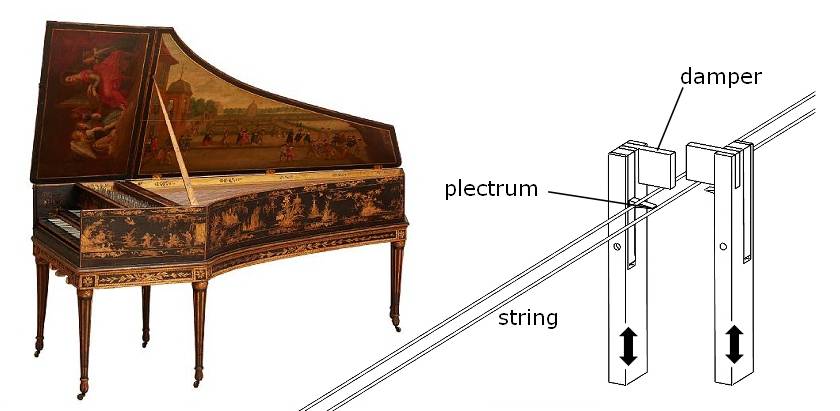
007 000 Harpsichord, range F2-F6
This is the standard sound with two strings plucked per note.
007 001 Coupl hps. tone range F2-F6
This mode plays all the strings that are strung, so it sounds more gorgeous. The strings of the same pitch are strung in the high range, while the lower notes are added an octave higher.
007 002 Harpsi.w(wide) Tone range F2-F6
The sound is created by swinging the strings to the left and right in each register. The low range is sounded from the left side and the high range from the right side.
007 003 Harpsi.o(open) Sound range F2-F6
The sound with the top open, and you can hear the clacking noise that occurs when the keyboard keys are released.
Clavinet
The clavinet is a relatively new instrument. It is an electric instrument with a pickup that picks up string vibrations like an electric guitar. Similar in structure to the clavichord, a classical instrument. Hohner's D6 is particularly well known and it was used in popular music in the 70's.

008 000 Clav. range C2-C7
The sound is sampled from the actual machine.
008 001 Pulse Clav.
This is the sound of a clavinet reproduced electrically using square waves. The sound is very fresh, with a cheap electro-synthesized sound.
The “sound & person” column is made up of contributions from you.
For details about contributing, click here.











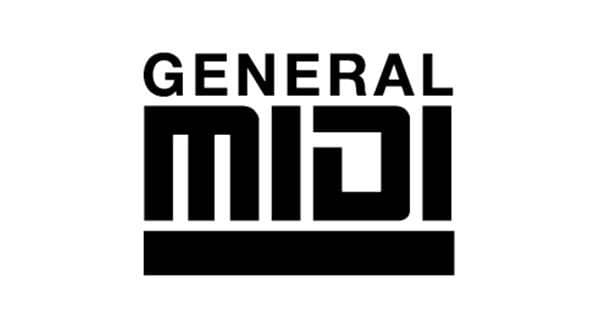
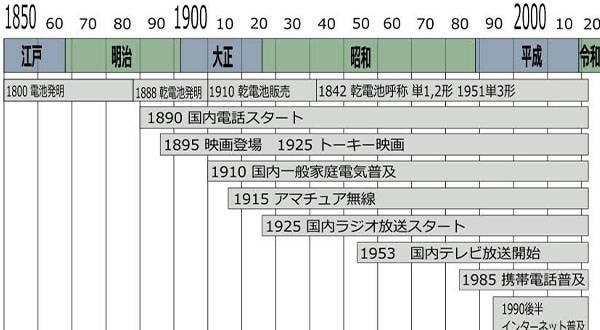
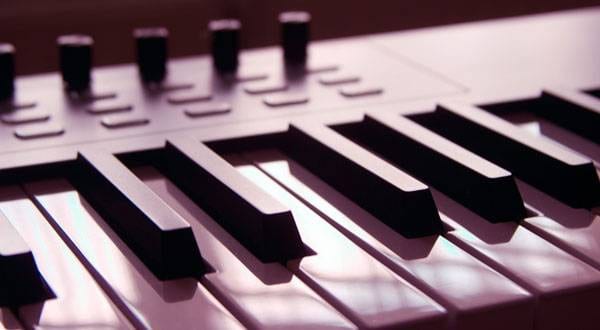
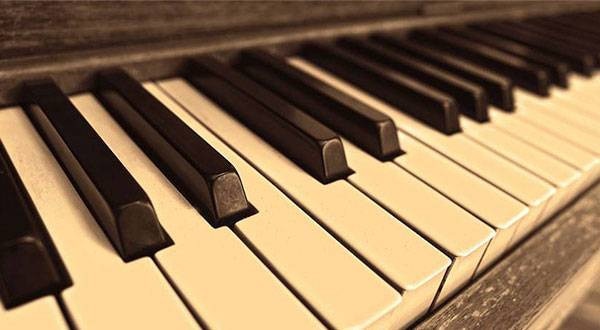
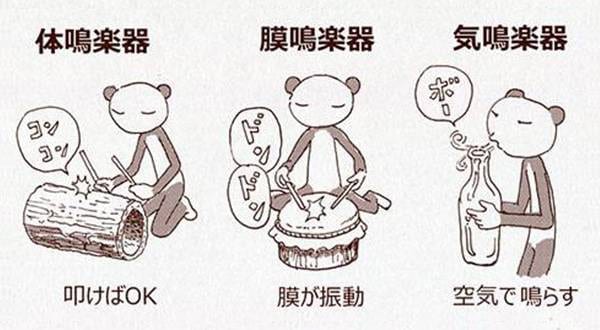
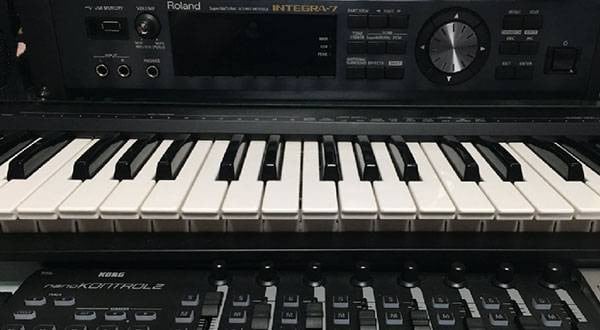
 DTM対談 kors k × かめりあ × Hommarju
DTM対談 kors k × かめりあ × Hommarju
 DTMセール情報まとめ
DTMセール情報まとめ
 DTMに必要な機材
DTMに必要な機材
 UR-RT4 ソフト音源やループ素材をリアンプ
UR-RT4 ソフト音源やループ素材をリアンプ
 DTM・DAW購入ガイド
DTM・DAW購入ガイド















